Love Encanto? Here’s 5 Books to Read With Magical Realism, by Latinx Authors.
"And each new generation must keep the miracle burning."
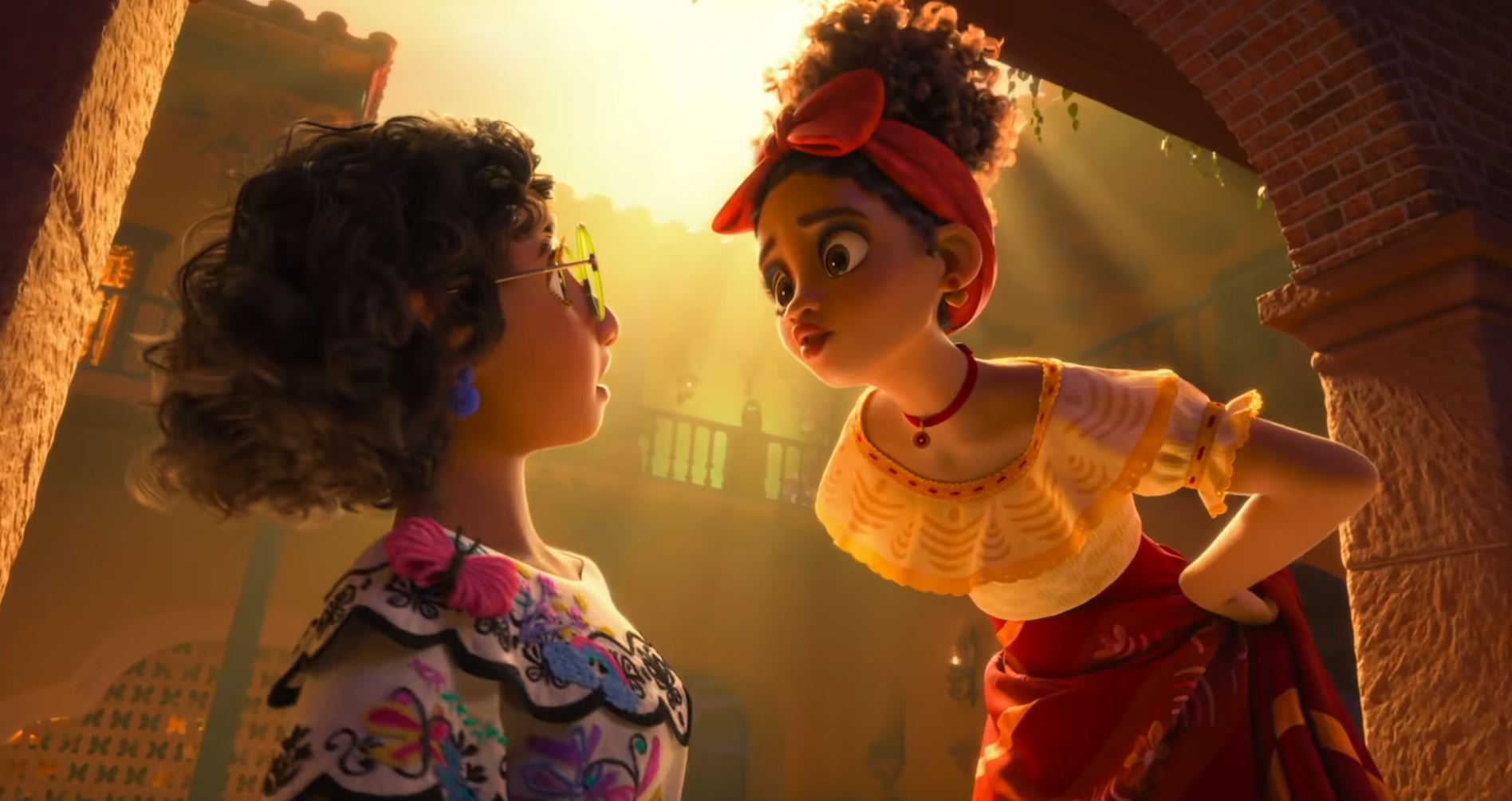
In talking with VitalThrills about the research process and the creative trip to Colombia, co-director Byron Howard explained, “Areas of heightened spirituality, places of magic that some people call Encantos, hence the name of our movie.”
Howard continued, “These are all over Latin America, usually in areas of natural wonder. Our friends in Colombia told us that magic happens in these places and always has. But not European magic, not wizards and wands, but magic tied to emotion and part of a tradition called magical realism.” Since Encanto‘s release, Colombian American and Latinx creators (such as Jessica Flores and Raúl DJVP) more broadly have pointed to the cultural significance of magical realism and other Colombian markers in the film.
Magical realism really took off in Latin America thanks to prominent writers across South America in the 1900s (yes, some made this list). The loose literary genre continued to influence people globally, including American works like Toni Morrison’s Beloved and Japanese works like Sayaka Murata’s Earthlings. Some magical realism markers include fantastical elements (that just are), a real-world setting, mystery, and political critique of those in power.
While people debate whether or not Encanto itself is technically magical realism, it does capture the spirit of the genre by the design of everyone behind the scenes, from music to visual and storytelling motifs. Here are 5 books by Latinx authors (classics and newer titles) from around the Americas that feature magical realism and strong familial dynamics.
One Hundred Years of Solitude by Gabriel García Márquez
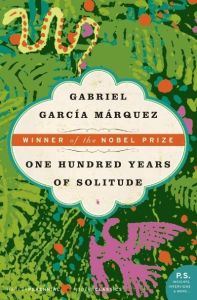
Not only is Márquez considered the Godfather of the genre, but the Colombian icon’s work also has a presence in the film. For one, butterflies are everywhere in the film—like everywhere. Butterflies decorate Mirabel’s dress (and are the biggest decorative item near her face), many parts of the house (see the bottom left frame of the first image of this article), and there are living yellow butterflies fluttering in scenes. During the research trip, they visited the Gabriel García Márquez Foundation.
One Hundred Years of Solitude tells the story of the rise and fall of the mythical town of Macondo through the family history of the Buendiás (in one house) over seven generations. The large, mythic tale feels both cyclical and linear at the same time, with names, personalities, and more shared among later generations. The work won a Nobel Prize for Literature and is so expansive that for any further explanation, I recommend checking out this awesome video by Ted-Ed explaining its importance. (And note all those butterflies!)
(Note from the video: Those familiar with Colombian history believe that the time period Encanto takes place is the turn of the 20th century, and the violence Abuela was fleeing was from the same 1,000 Day War of Marquez’ maternal grandparents mentioned by Ted-Ed.)
Gods of Jade and Shadow by Silvia Moreno-Garcia
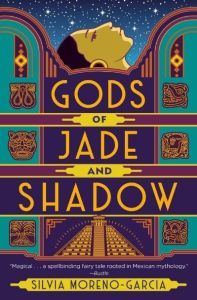
Before Mexican Gothic and Certain Dark Things, there was Gods of Jade and Shadow. This is kind of like a “soft” magical realism because there are so many genres at play (six distinct ones), but still worthy of inclusion.
Set during the Jazz Age, Casiopea dreams of the day she’ll be able to leave her small town in southern Mexico, away from cleaning the floors of her rich grandfathers’ house. One day, Casiopea finds a magical box hidden away in her grandfather’s room, and when she opens it, she accidentally releases the spirit of the Mayan god of death. He enlists her help in his goal of recovering the throne from his brother, and while she may die, Casiopea knows this cross-country trek could make her dreams come true.
The Inheritance of Orquídea Divina by Zoraida Córdova
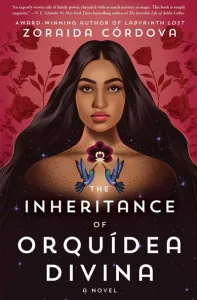
Anytime we can call attention to Córdova’s work, we will. Invited to her funeral and given a special unique gift, each member of the Montoyas find their power from Orquídea Divina to manifest in unique ways over seven years. Then, a shadowy figure begins to pick off members of the family to destroy Orquídea’s bloodline.
While, for most of their lives, the Montoyas accepted their magical family secrets not to be questioned, the deaths force them to seek answers by traveling to Orquídea’s homeland of Ecuador to unearth some of these secrets because their lives may depend on it.
The Mirror Season by Anna-Marie McLemore
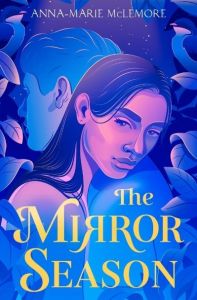
When teens Graciela (Ciela for short) and Lock are sexually assaulted at the same party, they developed a friendship as a way of trying to heal. One of them knows who attacked them, but hides tracks in hopes that they can move forward and survive. In addition to the trauma that comes with that painful experience, they both lose control of the magic in their lives—Ciela’s enchanted pan dulce and Lock’s otherworldly trees.
The House of the Spirits by Isabel Allende
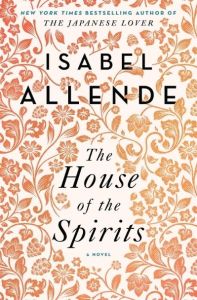
Following multiple generations of the Trueba family, The House of Spirits places Chile’s social and political history at the center of one family. The story mostly alternates between the perspectives of Esteban (the power-hungry family patriarch) and Alba (Esteban’s grandaughter). Born from Blanca (Esteban’s daughter) and resulting from a forbidden love affair, Alba is a strong-willed revolutionary hoping for a better future for Chile.
Originally printed in 1982, Allende’s book was conceived upon finding out her 100-year-old grandfather was dying and is directly influenced by Márquez’ One Hundred Years of Solitude. Like Márquez, Allende is one of the most iconic Latinx writers in magical realism, making it impossible to just choose one book. (Thus her debut was selected.)
(image: Disney+)
The Mary Sue may have advertising partnerships with some of the publishers and titles on this list.
The Mary Sue may earn an affiliate commission on products and services purchased through links.
Want more stories like this? Become a subscriber and support the site!
—The Mary Sue has a strict comment policy that forbids, but is not limited to, personal insults toward anyone, hate speech, and trolling.—
Have a tip we should know? [email protected]
